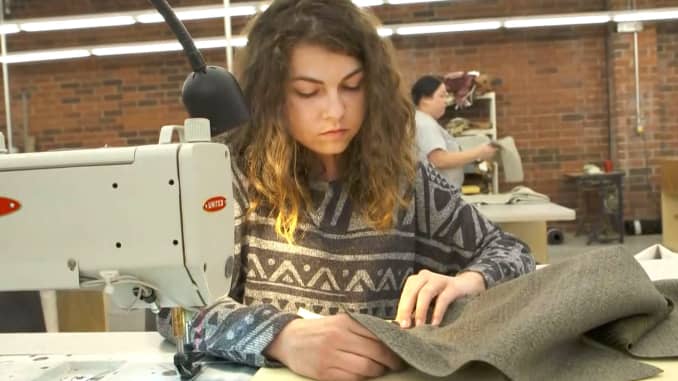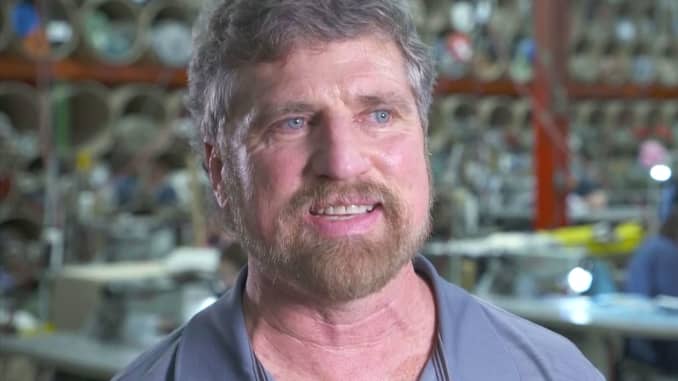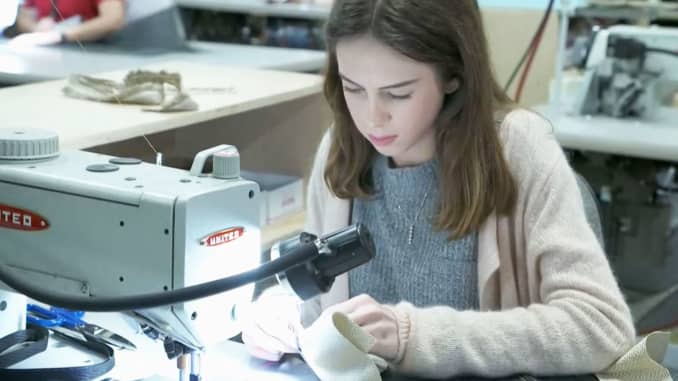Houston —
The February US benzene contract price on Friday settled at 264 cents/gal, 11 cents higher than January’s contract price, multiple sources told S&P Global Platts.
The increase was in line with market expectations, as early indications from sources put a potential settlement at 265 cents/gal.
The February contract price settled at a atypical premium to the spot price. Prompt-month benzene was assessed Friday at 251 cents/gal DDP USG, 13 cents/gal below the price players buying benzene under contract will pay in February.
After a 10-cent day-on-day decline in prompt-month benzene prices on Tuesday to 249 cents/gal DDP USG from 259 cents/gal, market participants shied away from conducting any further trades until Thursday, when the window for contract price-eligible trades closed.
Pricing saw support from an uptick in activity during the latter half of January as well as ongoing supply tightness.
Benzene imports from South Korea have waned significantly since the fourth quarter of 2019. Just 8,000 mt of benzene was shipped from South Korea to the US during the first 20 days of January, statistics from the Korean International Trade Association show.
Derivative demand remained soft this week as a major styrene producer was heard to be undertaking maintenance from late January and into March, while sources said a second styrene producer would begin planned work in March.
Demand from styrene has also been trimmed by poor economics as recent declines in spot values have put pricing below break-even levels, leading some participants to suggest potential rate cuts. The February US styrene price was assessed Friday at $805/mt FOB USG.
Source: Platts
https://globalrubbermarkets.com/195982/us-february-benzene-contract-price-settles-11-cents-higher-at-264-cents-gal-sources.html





